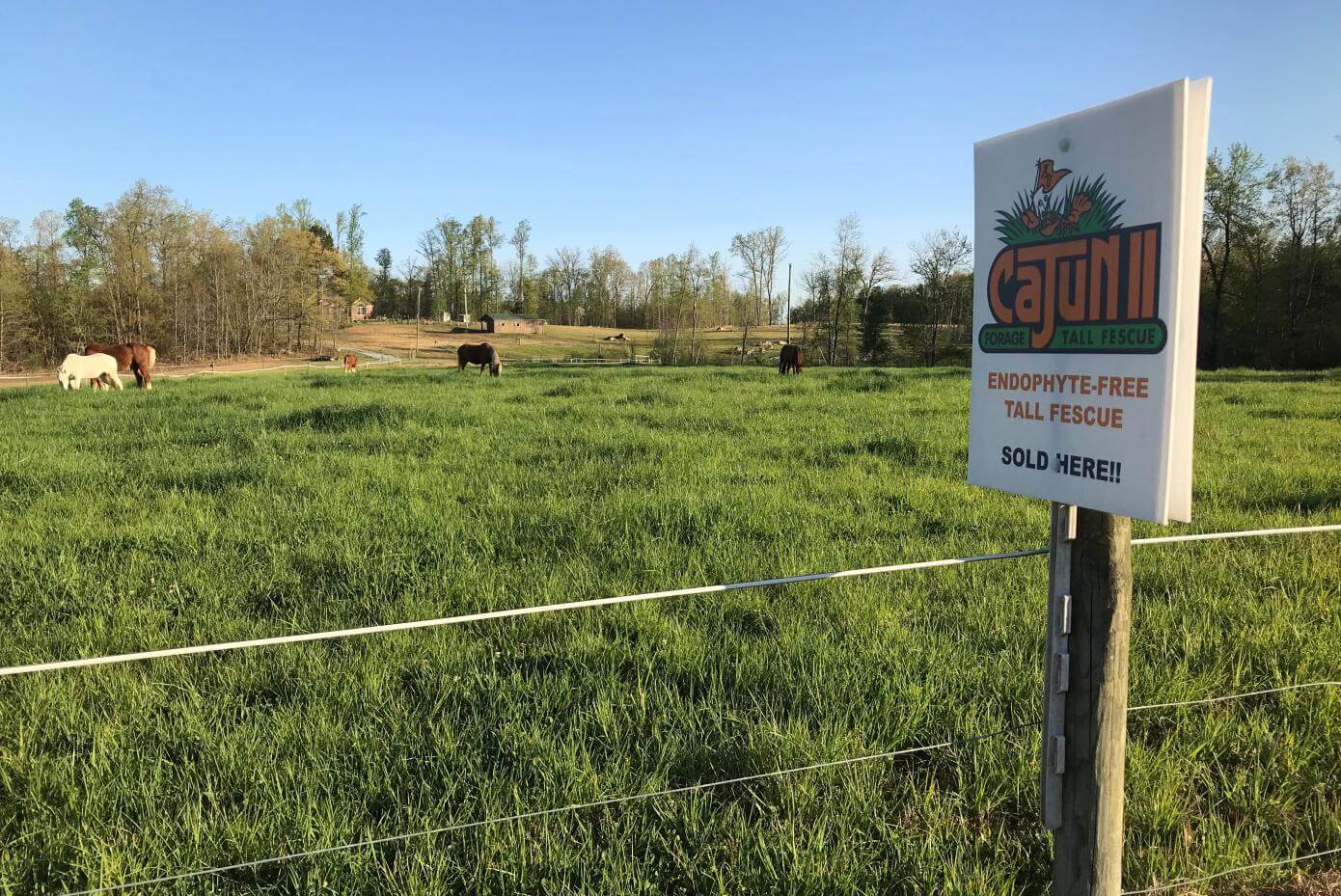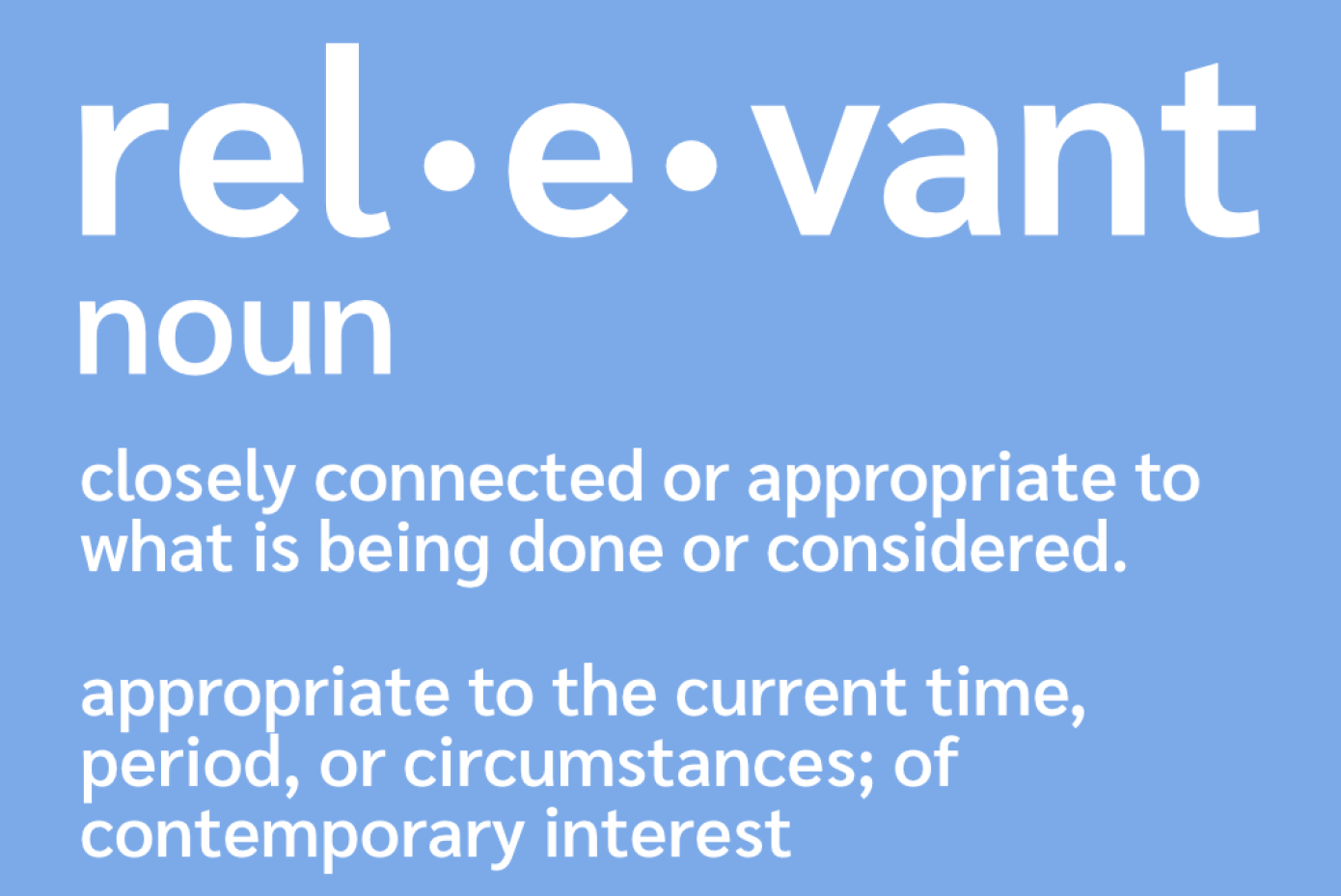Living Long and Prospering
If you’ve heard us talk about Cajun II endophyte-free tall fescue, you’ve probably heard us tell how it is does very well compared to novel-endophyte fescue, even under rotational grazing. Well, here’s some more data to show that Cajun II is truly an affordable option to novel endophyte fescue:
After four years in rotational grazing study conducted by the University of Kentucky at Lexington, Cajun II still boasts a 97% stand. That’s correct - 97% stand after FOUR YEARS rotational grazing!!
Cajun II is ideal for new plantings, overseeding existing pastures, and in mixtures with other grasses and legumes. It is safe for all livestock, including horses, and has great hay yields and super survivability. We’ve tested it from Michigan to Mississippi, and seen top performance throughout nearly all trial sites.
Make sure you are offering Cajun II to your customers. Learn more at CajunFescue.com or talk to your Smith Seed representative.
R U Relevant?
Many of us remember growing up with Sears Roebuck’s catalogs. There was always one in the house, and we looked forward with delight for the next one. With its small beginnings as a mail-order catalogue business back in the late 1800’s tied closely to the evolution of the rural and parcel post mail service, by the early 1920’s the company was well on its way to becoming America’s largest retailer. Americans needed Sears and Sears enjoying decades of success. Many of us have worn clothes, used appliances, and furnished parts of our homes with purchases either from the catalog or at a local store. Some may have even ordered chickens ,or been one of the lucky few who lived in one of the 70,000 mail-order Sears houses. For well over 100 years, Sears was very relevant to consumer. But it didn’t last. Downsizing, acquisitions, and a host of other strategies failed to keep the iconic company from filing bankruptcy this month.
What happened? How/when/where did Sears lose their relevancy? Consumers still wear clothes, buy appliances, furnish houses. Why do we no longer need them? As we jump into a new year, we all know of those in our industry, in our towns, in our relationships, that won’t be joining us. They too have closed their doors. Why did they have to go? Or did they?
At the same time Sears is filing for financial protection, another retailer boasts of now having over 100 million consumers paying for “prime” membership. That’s over 64% of US households and $4 out of ever $10 spent online. At 24-years young, Amazon is far more than just a household name. This company is now the go-to source for an ever-extending source of goods and services, too extensive to list for this short note. Amazon is what Sears was, and more.
What happened? Why is Amazon relevant and Sears not? Even closer to home, let’s ask about our businesses? Which of the two might describe us? Are we more like Sears, every year losing our value to the consumer, or are we like Amazon, growing in our usefulness to be around? While consumers are still purchasing many of the same items they purchased a hundred years ago, the way products are ordered, paid for, delivered, and even disposed of has dramatically changed. Commerce, communication, presentation of information has all changed. And yet many of the products are still the same. Food, clothing and shelter are all still needed. So is seed.
So how should we respond? May we suggest you ask lots of questions. Be willing to look critically at ways or operations that just don’t work and be willing to make changes so that your business continues to be relevant. Observe trends. See how others are “Amazoning”.
We wish you a great and very relevant new year!

